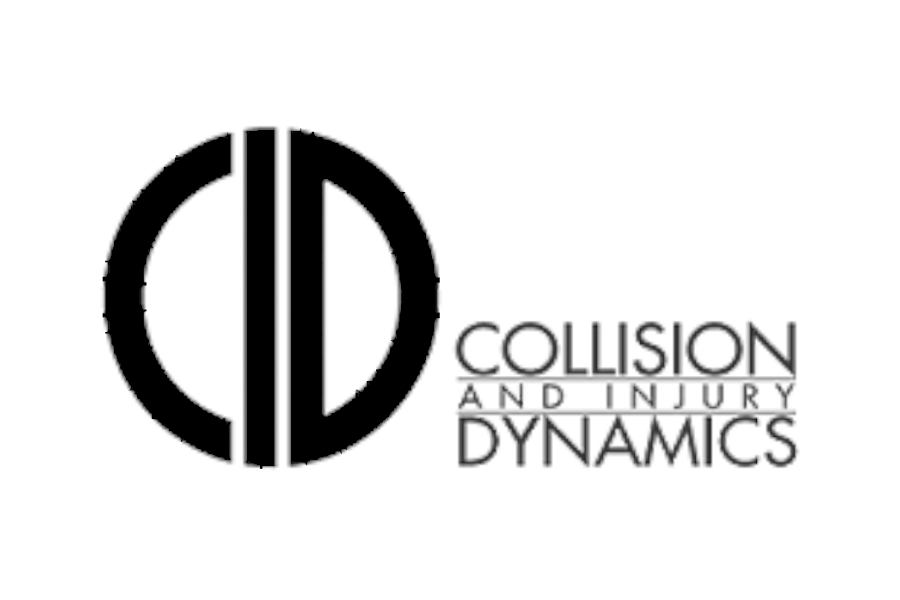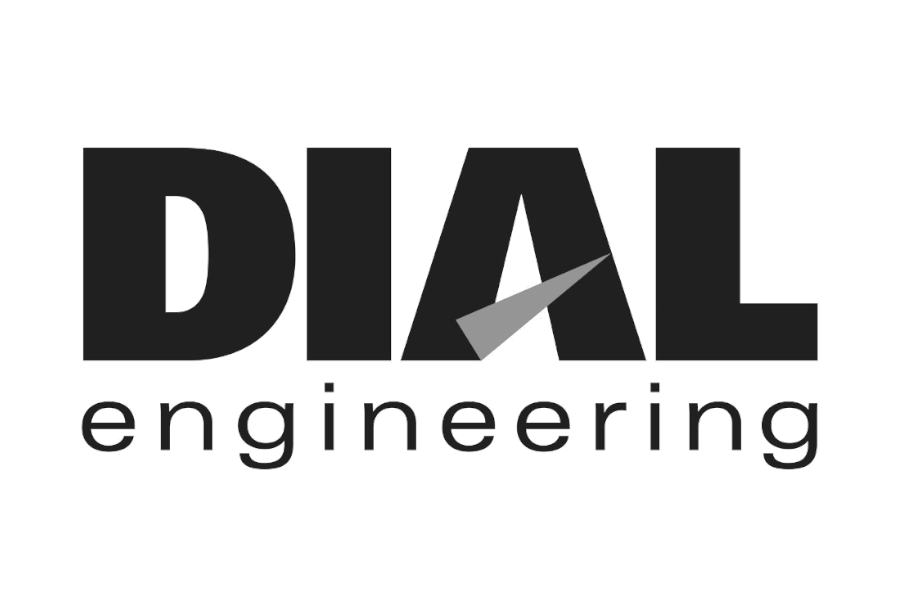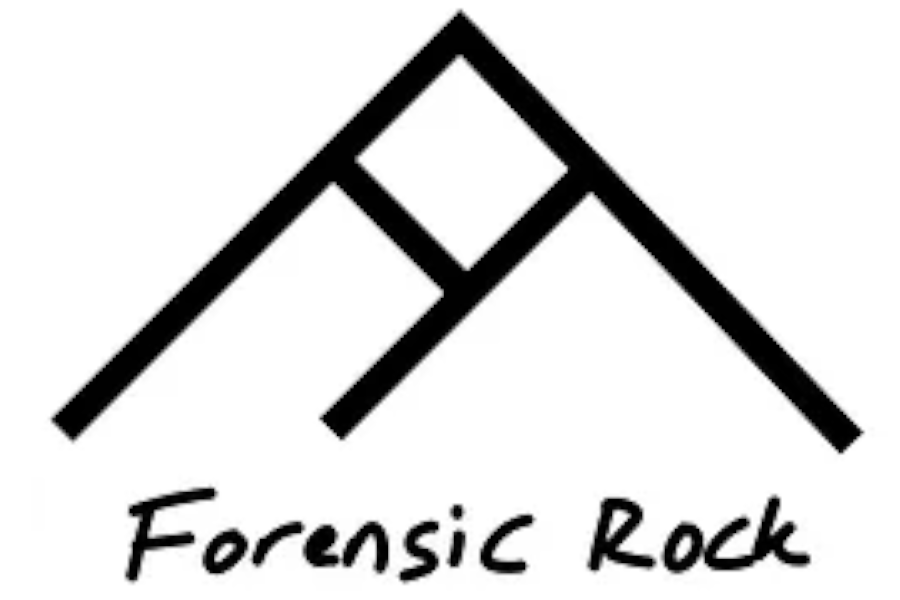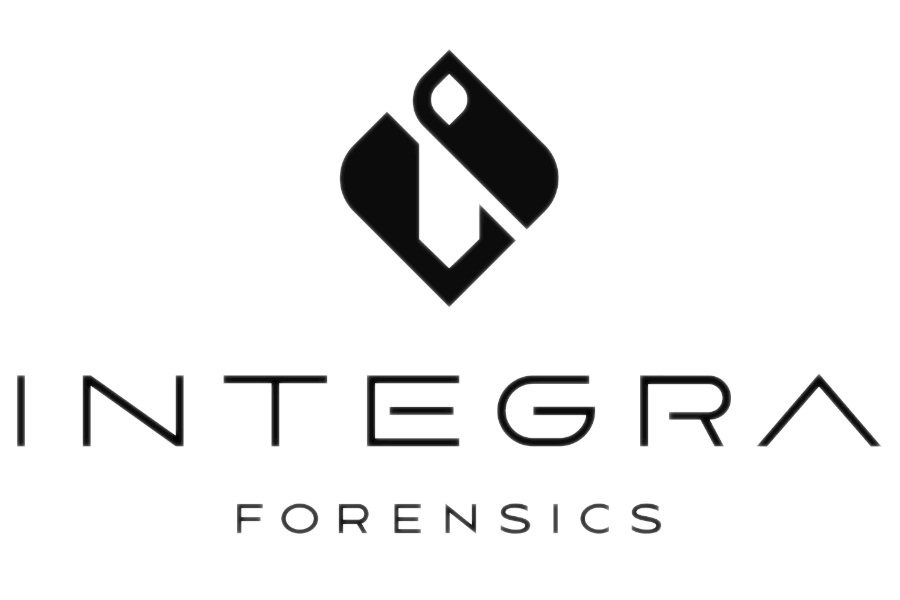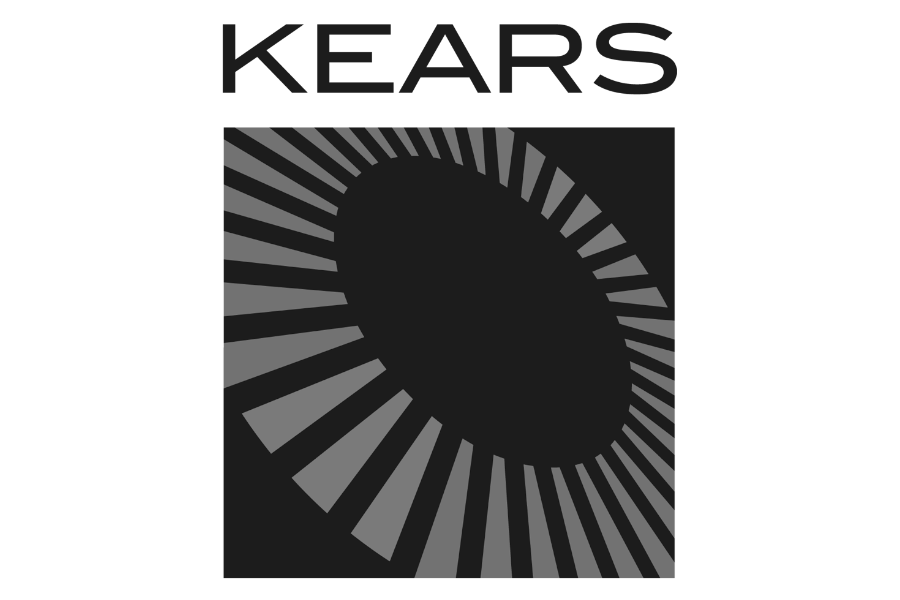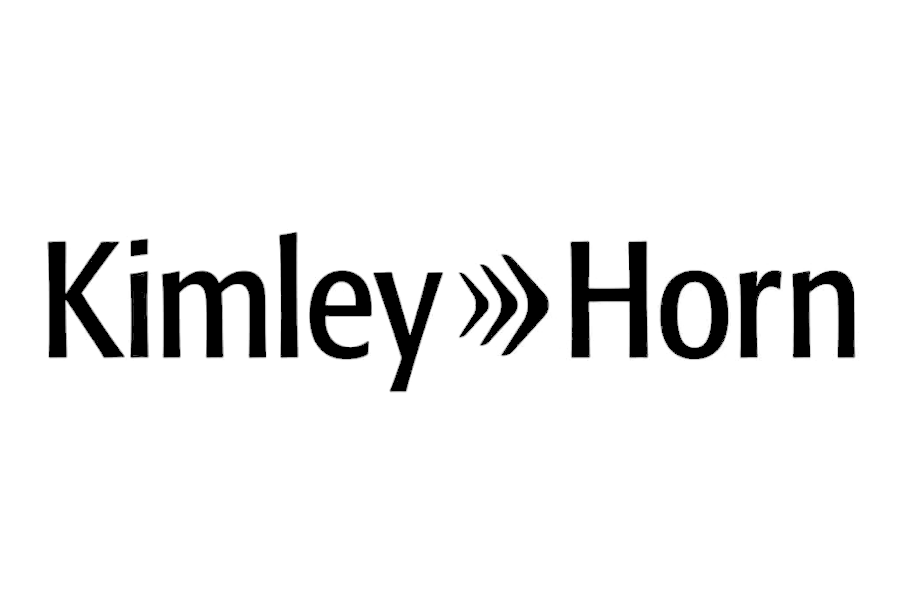sent on October 24, 2025
The idea of piloting a laser scanner around the friendly skies has long been appealing to me. Save tons of time, acquire accurate data, and feel like a sci-fi recon all at the same time.
Steven Foltz, Toby Terpstra, and Julia Clarson recently published this paper in SAE, offering insight into the process and results. They measured two sites (one suburban, one rural) using the DJI Matrice 300 equipped with DJI’s Zenmuse L1 LiDAR sensor (a $34k setup) and compared the measurements to those acquired with a FARO Premium S350. Control points were acquired using Emlid’s Reach 2 and utilized during the processing of both datasets.
Before we get into the results, the authors provided great summaries of the advantages of TLS (terrestrial laser scanning) and ALS (aerial laser scanning).
For TLS:
High resolution
Exceptional accuracy
No need for FAA clearance
Weather rarely an issue
Captures vertical surfaces and beneath overpasses well
For ALS:
Efficiency (even in color)
Reduced drift via PPK (post-processing kinematics)
Access to challenging sites
Captures tops of tall objects
Increase site safety
While the aerial scanning only took 15 and 25 minutes at the suburban and rural sites, respectively, yielding 8.8M and 4.7M points, the entire process (including setup and teardown) took 2 to 2 ½ hours. Terrestrial scanning took 2 ¼ and 4 ½ hours, respectively, yielding 59.2M and 316M grayscale points.
Regarding accuracy, 59.7% of the suburban ALS points were within 1.2 inches of the nearest TLS point, and 90.6% were within 2.4 inches. For the rural site, 64.8% were within 1.2 inches and 90.7% were within 2.4 inches.
Figure 16 from the SAE Paper showing ALS point cloud data from the suburban site compared to the TLS data. Blue points represent distances of 0.0 to 1.2 inches.
The big question for my casework: is this accuracy or workflow substantially better than image-based drone mapping? As discussed in more detail here, piloting a traditional drone and using control, Osterholt et al. found 73% of points were within 3 inches of FARO data. Carter et al. found 86% of points were within 1 inch of FARO data, and 99% were within 3 inches when using AeroPoints for control.
The decision is personal and depends on your workflow and cases, but I’ll be sticking with my $2k DJI Mavic 2 Pro, for now.
Thanks for reading, keep learning!
Lou Peck
Lightpoint | JS Forensics
P.S. If you're interested in learning how to perform analyses that generate graphics like that shown above, Eugene Liscio has a CloudCompare course coming up!









